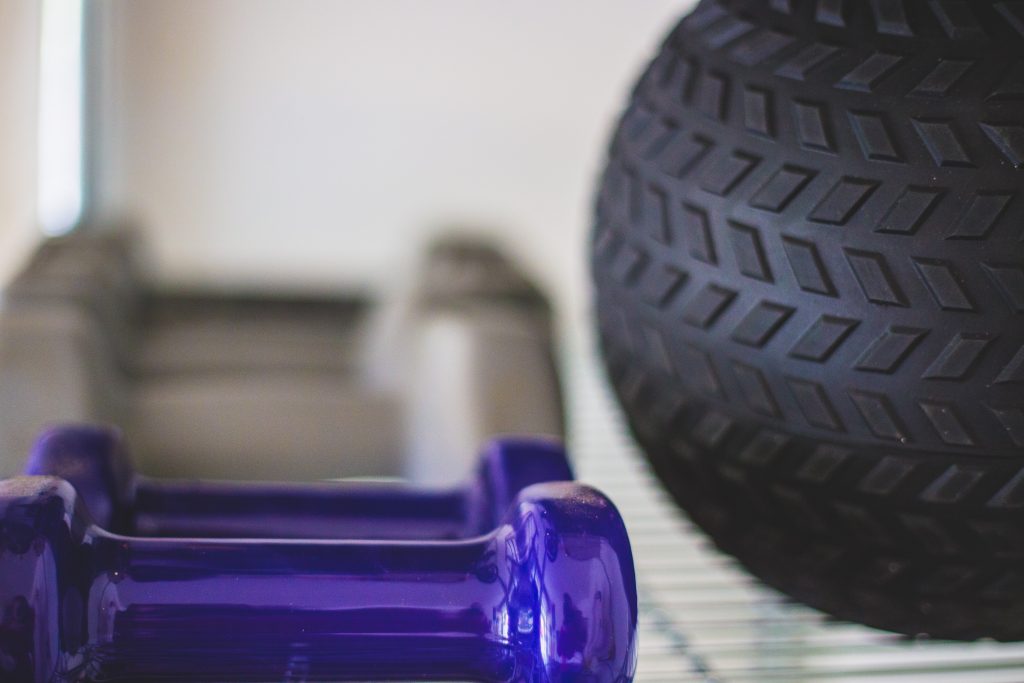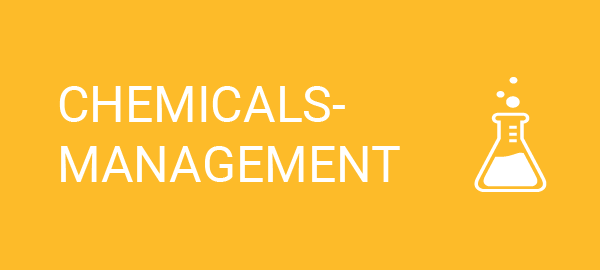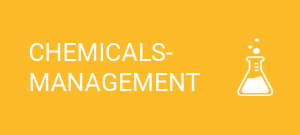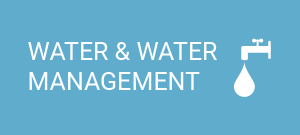Reprotoxic plasticisers found in sports articles
“In the New Year, I want to get more exercise” – that was presumably the New Year’s resolution of many people this year. And as fitness centres and other sport facilities stay shut down, many will set up their own fitness locations at home. But a test organised by the Europe-wide AskREACH project has revealed high levels of harmful substances in some sporting articles.
The articles tested included gymnastic balls, yoga mats, dumbbells, skipping ropes, swimming utilities, water bottles, or gymnastic shoes purchased in 13 European countries. In total, 82 samples were analysed in an independent accredited laboratory for “Substances of Very High Concern” (SVHCs), like plasticisers, flame retardants, heavy metals, or alkyl phenols. The samples were bought with a focus on soft plastic articles, independent of brands or retailers.
SVHCs were detected in 20 samples (24%). Nine samples (11%) contained SVHCs above 0.1%, which means that companies have to inform consumers on request about their presence under the EU REACH chemicals regulation. However, none of the suppliers met their legal duty to communicate information about these problematic chemicals in their articles in response to our requests.

Furthermore, 7 articles contained the plasticisers DEHP or DIBP, which are restricted in the EU because of their reprotoxic and endocrine disrupting properties. Articles containing these substances at concentrations above 0.1% have not been allowed on the market since July 2020. However, DIBP was found in concentrations as high as 41% in a Pilates ball and 35% in an exercise ball.
Another article contained short-chain chlorinated paraffins (SCCP ), which are very persistent in the environment. They are regulated under the Stockholm Convention and are banned around the world in articles at concentrations above 0.15%. Yet a skipping rope contained SCCPs at a concentration of 2.6%.
For all the articles purchased, an SVHC request was sent to the retailer in accordance with REACH. Most retailers did not respond within the 45 day statutory period and had to be reminded. Eventually nearly half of them (44%) provided information about SVHCs in their articles. It is worth noting that the sellers of articles where our tests revealed SVHC concentrations above 0.1%, stated that there were no such substances in these articles. This demonstrates the difficulty of obtaining information about the articles sold, even for retailers.
The test results highlight how difficult it is to implement the EU REACH strategy, which calls for voluntary substitution of SVHCs in consumer articles. Substances such as reprotoxic plasticisers, persistent paraffins or carcinogenic flame retardants can still be found in articles. Communication with companies about the composition of their articles is complicated and retailers often do not know about what their articles contain.
Steps need to be taken in several areas about the implementation of REACH both by companies and enforcement authorities, in order to achieve the substitution of SVHCs in everyday articles. First of all, knowledge about the SVHC contents in articles has to be gained along the supply chain.
The LIFE AskREACH project aims to support both consumers and companies by raising awareness about the “right to know” about SVHCs as well as the “duty to inform”. With the help of the smartphone app “Scan4Chem” and an article-database, communications can be improved, not only between consumers and companies, but also along the supply chain.
We urge consumers to use the Scan4Chem app for every purchase and to request information about all articles that interest them. The response behaviour of companies will only improve if they are confronted with this topic by customers. Consumers can show retailers that they do not want to buy articles containing SVHCs!
Finally, for those who are keen on keeping fit here are a few tips for safe training:
- Avoid articles made of plastic, especially soft PVC or cheap articles made of dark hard plastic. Return strongly smelling plastic articles to the retailer.
- Look out for eco-labels such as the EU Eco-label or the Blue Angel.
- Scan articles you are thinking of buying using the Scan4Chem app and send an SVHC request to the seller or manufacturer of the item. This will help to show companies that consumers want safe articles!
Suppliers can contribute to the AskREACH project by registering and uploading their articles to the AskREACH database (contact: companies@askreach.eu). During the project period companies may also test a best practice IT tool for SVHC communication in the supply chain free of charge (contact: askreach@sofia-research.com).
More details about the tests can be found in the AskREACH background report under www.askreach.eu
DOWNLOAD NOW ——-> The AskREACH New Year’s test: Sports and leisure articles
Additional information
Legal thresholds
SVHCs (Substances of Very High Concern): If articles contain SVHCs at concentrations above 0.1% w/w, the producer or seller of the article is obliged to provide this information on request from a consumer (REACH Regulation).
Four phthalates (DEHP, DBP, BBP, and DIBP) have been banned in everyday articles in the EU since July 2020 (Annex XVII REACH Regulation).
SCCPs (short chain chlorinated paraffins): Articles with concentrations of or above 0.15% may not be marketed in the EU (POP Regulation, Persistent Organic Pollutants).
Information about detected chemicals
Phthalates: Phthalates, or phthalic acid esters, are a group of about 40 chemical substances that are used mainly as plasticizers for PVC. Some of them have endocrine disrupting effects, which means that they can interfere with hormones in the body; they may damage fertility and may damage the unborn child, for example by obstructing sexual maturation. Some phthalates show anti-androgenic effects such as reduced testosterone production and can have a damaging effect on testicular function.
Plasticisers can evaporate from articles, and humans are exposed via the skin and breathing to these substances.
SCCPs are toxic at low concentrations for aquatic organisms, disrupt endocrine functions, and are suspected of causing cancer in humans. SCCPs are used as softeners and flame retardants in PVC articles along with their primary use as lubricants in metal cutting. In 2017, governments agreed to list SCCPs in the Stockholm Convention for global elimination. This ranks SCCPs as among the world’s worst chemicals. The placing on the market of articles containing SCCPs above a concentration of 0.15% has been banned since then.



